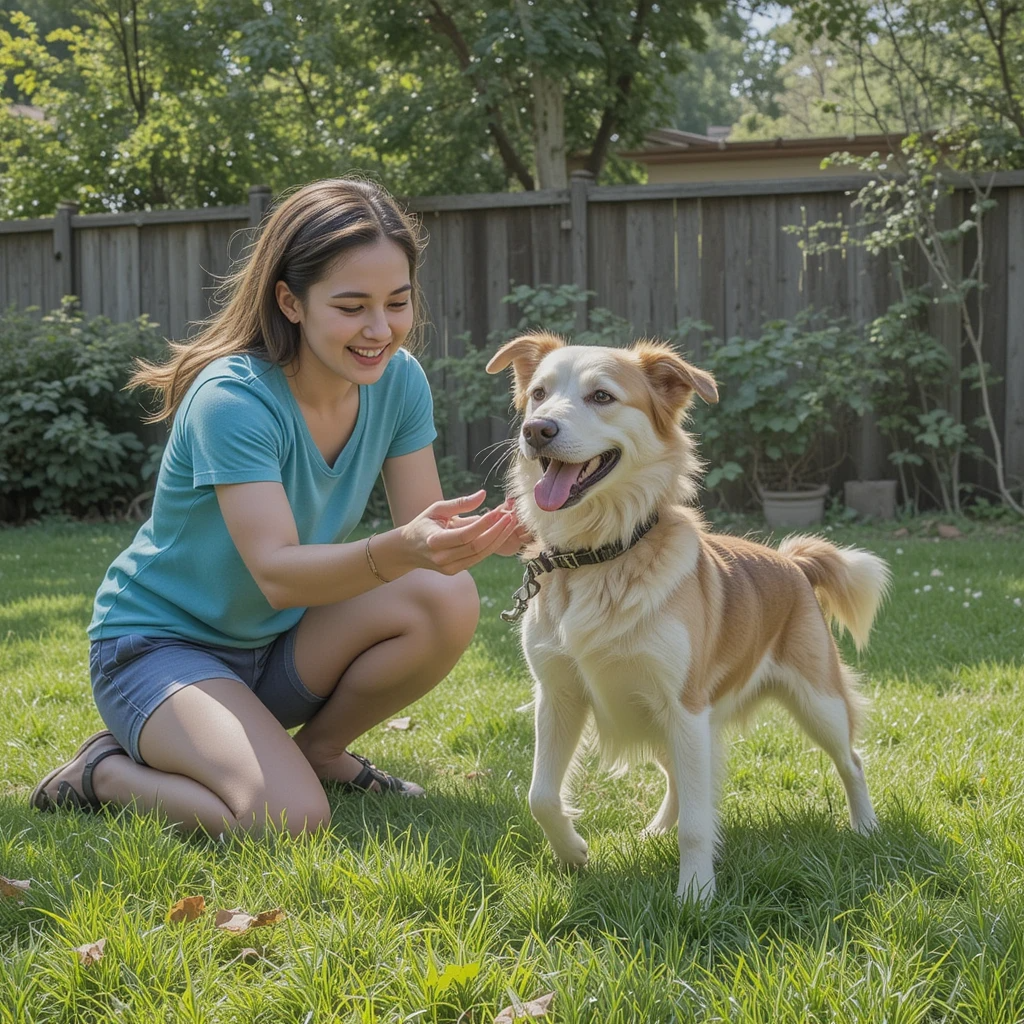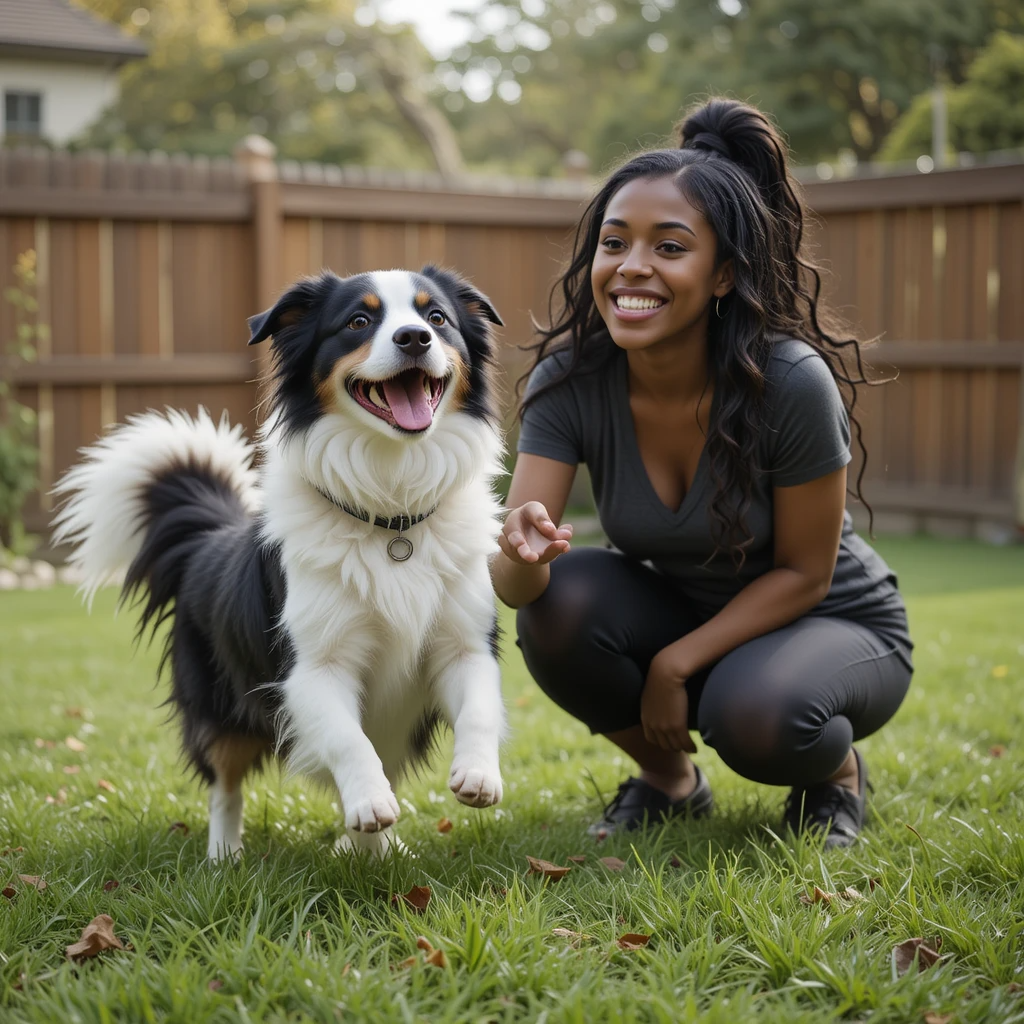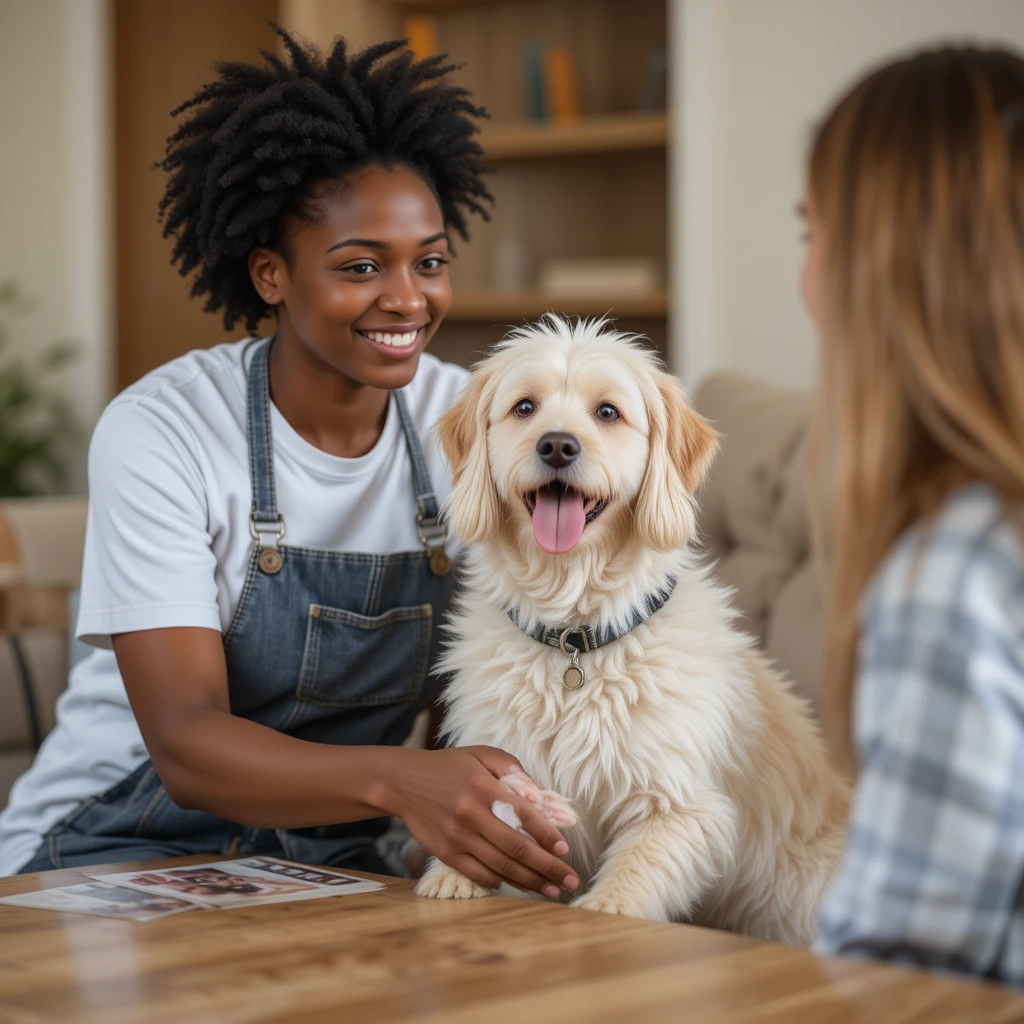Pet sitting is more than just feeding and walking pets—it’s about ensuring their well-being, comfort, and happiness in the absence of their owners. For pet owners, leaving their furry, feathery, or scaly companions behind can be stressful, but a reliable pet sitter can make all the difference.
In this guide, we’ll explore everything you need to know about pet sitting, including its benefits, essential responsibilities, and tips for providing excellent care. Whether you’re a professional pet sitter or considering hiring one, this article will help you make informed decisions.

What is Pet Sitting?
Pet sitting involves taking care of a pet in its home environment while the owner is away. This service ensures that pets receive individualized attention and maintain their routine, reducing stress and promoting overall well-being.
Why Pet Sitting Matters
- Maintains Routine
Pets thrive on consistency. Having a sitter follow their regular feeding, exercise, and play schedules helps reduce anxiety and keeps them comfortable. - Minimizes Stress
Unlike boarding facilities, pet sitting allows animals to stay in their familiar surroundings, avoiding the stress of new environments and other unfamiliar pets. - Provides Personalized Care
Every pet is unique. Pet sitters cater to specific needs, whether it’s administering medication, handling special diets, or giving extra cuddles.

Responsibilities of a Pet Sitter
Pet sitting involves more than just keeping pets company. Here are the core responsibilities of a reliable pet sitter:
- Feeding and Hydration
Ensure pets are fed according to their usual schedule and have access to fresh water at all times. - Exercise and Play
Dogs may require walks, while cats and other pets might need interactive play to stay active and engaged. - Cleaning and Hygiene
- Clean litter boxes, cages, or tanks regularly.
- Dispose of waste promptly to maintain a clean and odor-free environment.
- Health Monitoring
- Observe pets for signs of illness or unusual behavior, such as lethargy, loss of appetite, or excessive scratching.
- Administer medications as instructed, if necessary.
- Companionship
Pets, especially social ones, need attention and affection. Spending quality time with them reduces loneliness and promotes emotional well-being.

Qualities of an Excellent Pet Sitter
- Reliability and Trustworthiness
Pet sitters are entrusted with not only the care of beloved pets but often the security of a home. Punctuality, honesty, and reliability are non-negotiable. - Knowledge of Animal Behavior
Understanding common behaviors and body language ensures the sitter can respond appropriately to the pet’s needs or signs of distress. - Adaptability
Every pet is different. A great sitter adjusts to the specific requirements of each animal and household. - First Aid Skills
Basic knowledge of pet first aid can be invaluable in emergencies, such as treating minor injuries or responding to choking.

Benefits of Hiring a Pet Sitter
- Peace of Mind for Pet Owners
Knowing that their pets are in capable hands allows owners to focus on their travels or work without worry. - Reduced Risk of Illness
Unlike boarding facilities, where pets may be exposed to other animals, pet sitting minimizes the risk of contracting contagious diseases. - Tailored Care for Special Needs Pets
Older pets, those with medical conditions, or those requiring special diets receive the focused attention they need. - Home Security
Pet sitters often provide additional services, such as bringing in mail or adjusting lights, enhancing home security during the owner’s absence.

How to Prepare for a Pet Sitter
To ensure a seamless experience, pet owners should prepare their home and provide essential information for the sitter:
- Create a Detailed Care Plan
- Write down feeding schedules, portion sizes, and any dietary restrictions.
- Include instructions for administering medications, if applicable.
- Provide Emergency Contact Information
- Leave your contact details and a trusted backup person in case of emergencies.
- Include your veterinarian’s contact information.
- Stock Up on Supplies
- Ensure there’s enough food, treats, and other essentials to last the duration of your absence.
- Provide extra litter, cleaning supplies, and poop bags.
- Pet-Proof Your Home
- Secure any items that could be harmful to your pet, such as chemicals or small objects that may be ingested.
- Close off areas of the home where pets are not allowed.
- Introduce the Sitter to Your Pet
- Arrange a meet-and-greet before your departure to familiarize your pet with the sitter.
- Observe their interaction to ensure your pet feels comfortable.

Common Challenges in Pet Sitting and How to Handle Them
- Separation Anxiety
- Pets may feel uneasy when their owner is away. Sitters can help by sticking to routines and offering extra attention.
- Leaving an item with the owner’s scent, like a blanket, can provide comfort.
- Unfamiliar Behaviors
- Pets might exhibit unusual behaviors due to stress or a change in routine. Stay calm and patient, and use gentle reassurance to help them adjust.
- Medical Emergencies
- Sitters should familiarize themselves with the pet’s health history and symptoms that require immediate attention.
- Keep a pet first aid kit handy and know the location of the nearest emergency vet clinic.

Alternatives to Traditional Pet Sitting
If a full-time sitter isn’t an option, consider these alternatives:
- Drop-In Visits
Sitters can visit the home several times a day to feed, play with, and check on the pet. - Pet Boarding
Some pet owners opt for boarding facilities that provide structured care. While this may suit some pets, it may not be ideal for those who thrive in familiar surroundings. - Pet Sitting Apps and Services
Platforms like Rover or local community boards can help owners connect with trusted sitters in their area.

How to Choose the Right Pet Sitter
Choosing a trustworthy and capable pet sitter is crucial for both the pet’s well-being and the peace of mind of the owner. Here are some tips to help you find the best fit:
- Check References and Reviews
- Look for pet sitters with positive reviews from other pet owners. Ask for references to ensure they have a proven track record of reliability and quality care.
- Many pet sitting platforms allow you to read feedback from previous clients.
- Verify Experience and Qualifications
- Make sure the pet sitter has experience with the specific type of pet you have. Whether it’s a dog, cat, or exotic animal, they should be familiar with your pet’s needs.
- Ask if they are trained in pet first aid or have any certifications in animal care.
- Discuss Rates and Availability
- Be clear about the sitter’s rates, including any extra charges for special services (e.g., administering medication, additional visits).
- Confirm their availability during your absence and ensure they’re willing to meet any specific care requirements.
- Trust Your Instincts
- Choose a pet sitter who makes you feel comfortable and confident about leaving your pet in their care.
- A good sitter will understand your concerns and offer solutions to address them.

Ensuring a Successful Pet Sitting Experience
- Stay in Communication
- Maintain regular communication with your pet sitter during your time away. Many sitters provide updates with photos and videos to ease your mind.
- Set a communication schedule that works for both you and the sitter.
- Trust Your Pet Sitter
- Once you’ve chosen the right person, trust them to follow through with your instructions. Avoid micromanaging, as this may add unnecessary stress.
- Prepare for Future Care
- If the sitter did an excellent job, consider booking them for future needs. Developing a long-term relationship with a sitter can be beneficial for both you and your pet.

Conclusion
Pet sitting is a wonderful way to ensure that your pets receive personalized care in the comfort of their own homes. Whether you’re going on vacation or need someone to watch your pet while you’re at work, hiring a reliable pet sitter gives both you and your pet peace of mind.
By following the tips and responsibilities outlined above, you can ensure that your pet sitter provides the best possible care, from feeding and exercise to companionship and health monitoring.
Internal Links:
